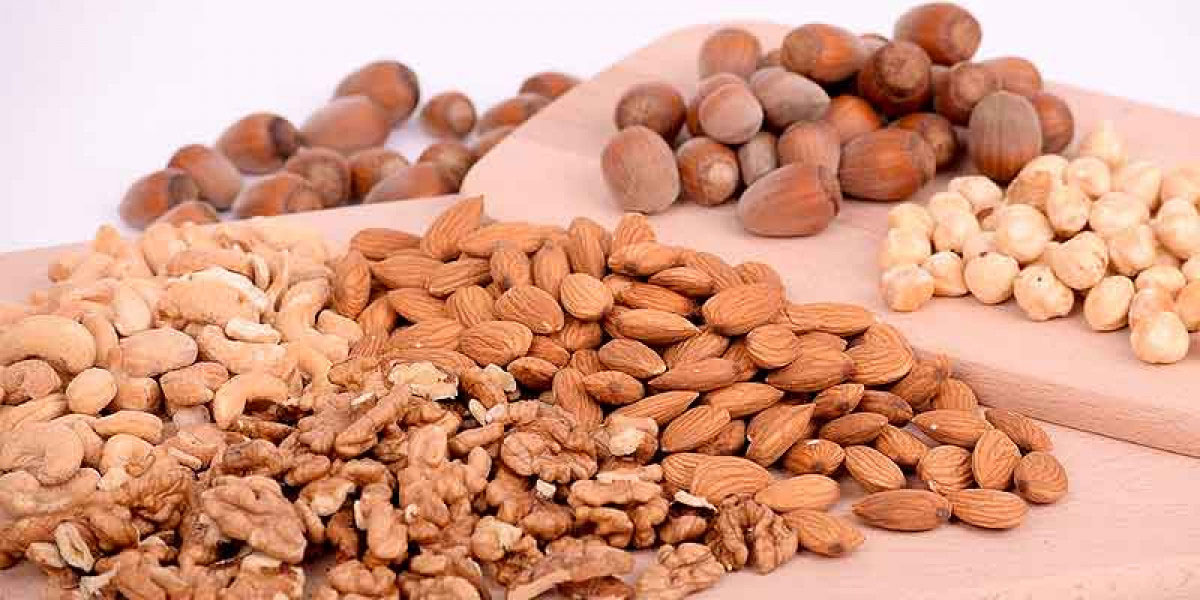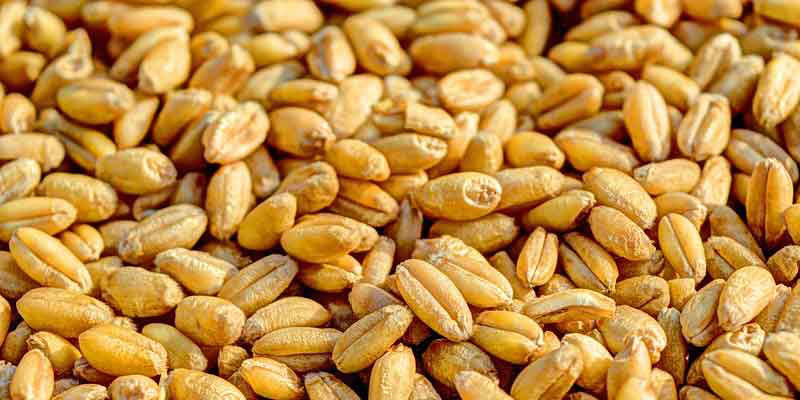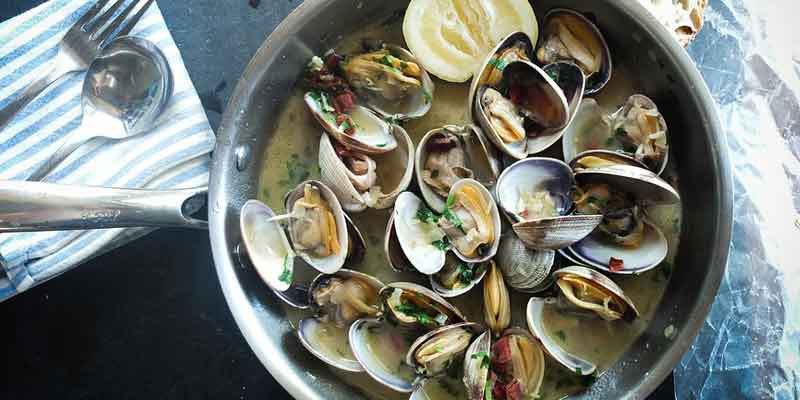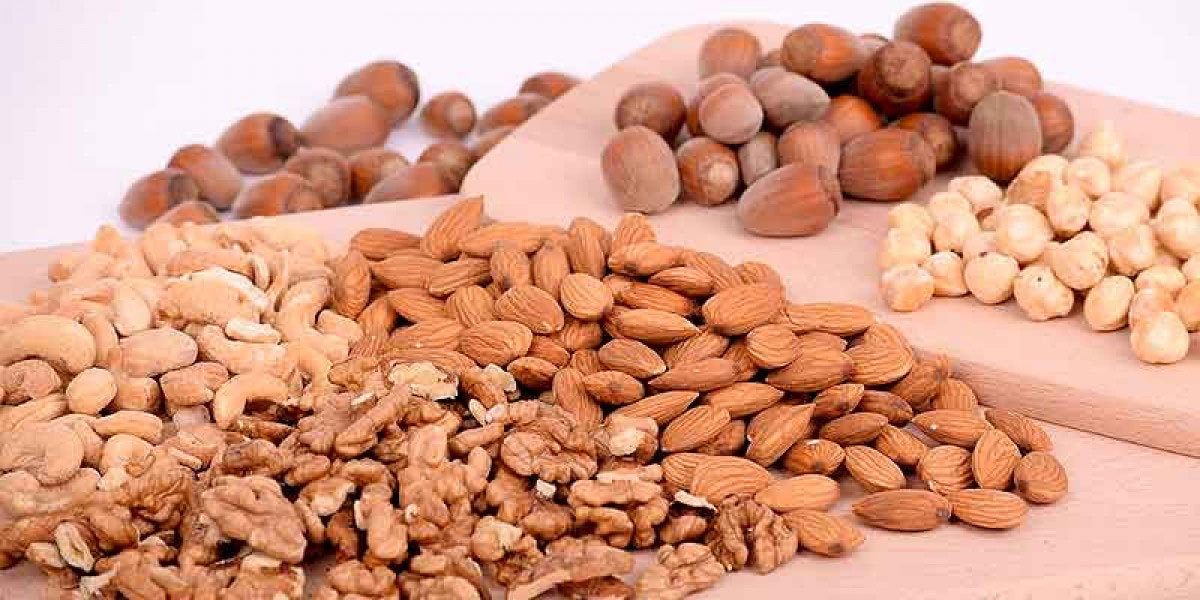Three common allergy myths and misconceptions
Do you always suffer from the runny nose during season change? Does your asthma trigger when exposed to dust? Answering some of these common questions, nutritional therapist Rachna Chhachhi shared tips to fight allergies. In her engaging session at the Home Chef Matters , she spoke about common myths related to allergies and specific foods to avoid fighting allergy outbreaks. Food acts as a medicine and how. According to Chhachhi, 80 percent of our calories should come from vegetables and fruits and 20 percent from carbohydrates and proteins. She advises, “We need to do two things simultaneously like for instance eliminate anything that can cause triggers. Common allergens in food are gluten, dairy and nuts. The diet should include lots of vegetables and fruits. It is also important to add oils as fats.” Her biggest tip to avoid allergies is to include large quantities of vitamin C and zinc as they reduce the allergy levels drastically
Here are the three common foods to avoid to help fight your allergies.

Myth: People should start eating more nuts
Nuts can be deadly for those suffering from allergies. Look out for nut butter, pastes, flours and baked goods containing nuts, which can be dangerous too. Nut allergy can come from a variety of tree nuts such as walnuts, almonds, hazelnuts, cashews, and Brazil nuts. Mild skin reactions of nut allergies often include hives, rashes, swelling and redness.
Top Tip: If you are looking for a crunch go for substitutes like sunflower seeds, pumpkin seeds, chia seeds, dry roasted soybeans, which are excellent sources for unsaturated fats and proteins.

Myth: Include more wheat in your diet
Gluten is the glue-like property present in wheat, which gives bread the ability to rise when baked. Gluten, one of the wheat proteins, is found in barley, rye, and oats. “Chhachhi informs that wheat allergy can result in digestive distress as people with celiac disease have an immune reaction, which is triggered by eating gluten,” she informs. Symptoms of gluten sensitivity include diarrhoea, abdominal pain, low appetite and feeling full.
Top Tip: Gluten-free foods are the way to go to beat allergies. Natural alternatives to gluten include rice, amaranth, quinoa, soy, sesame and flaxseed.

Myth: Shellfish with its high protein content should be part of your diet
Does your mouth itch every time you eat prawns? Do you get skin rashes after you eat crabs? Shellfish, which is a powerhouse of micronutrients like Selenium and Vitamin B, is a source of allergies for some people. Within the shellfish family, the crustacean group (shrimp, lobster and crab) causes allergic reactions. Symptoms include swollen and itchy lips, mouth, and inside the throat.
Top Tip: Strict avoidance is the only way to get rid of shellfish allergy.
Do you know of any other allergy-causing foods? Share your views with readers in the comments below.

